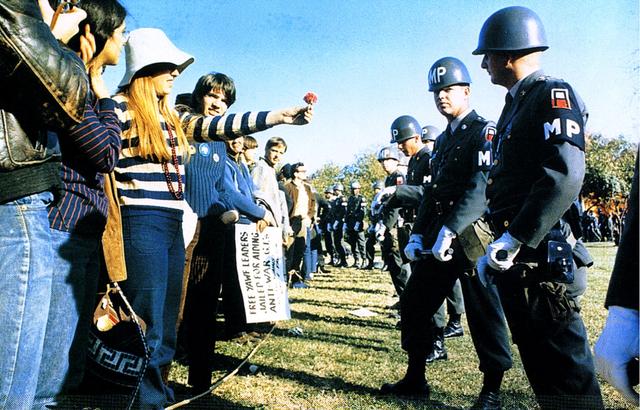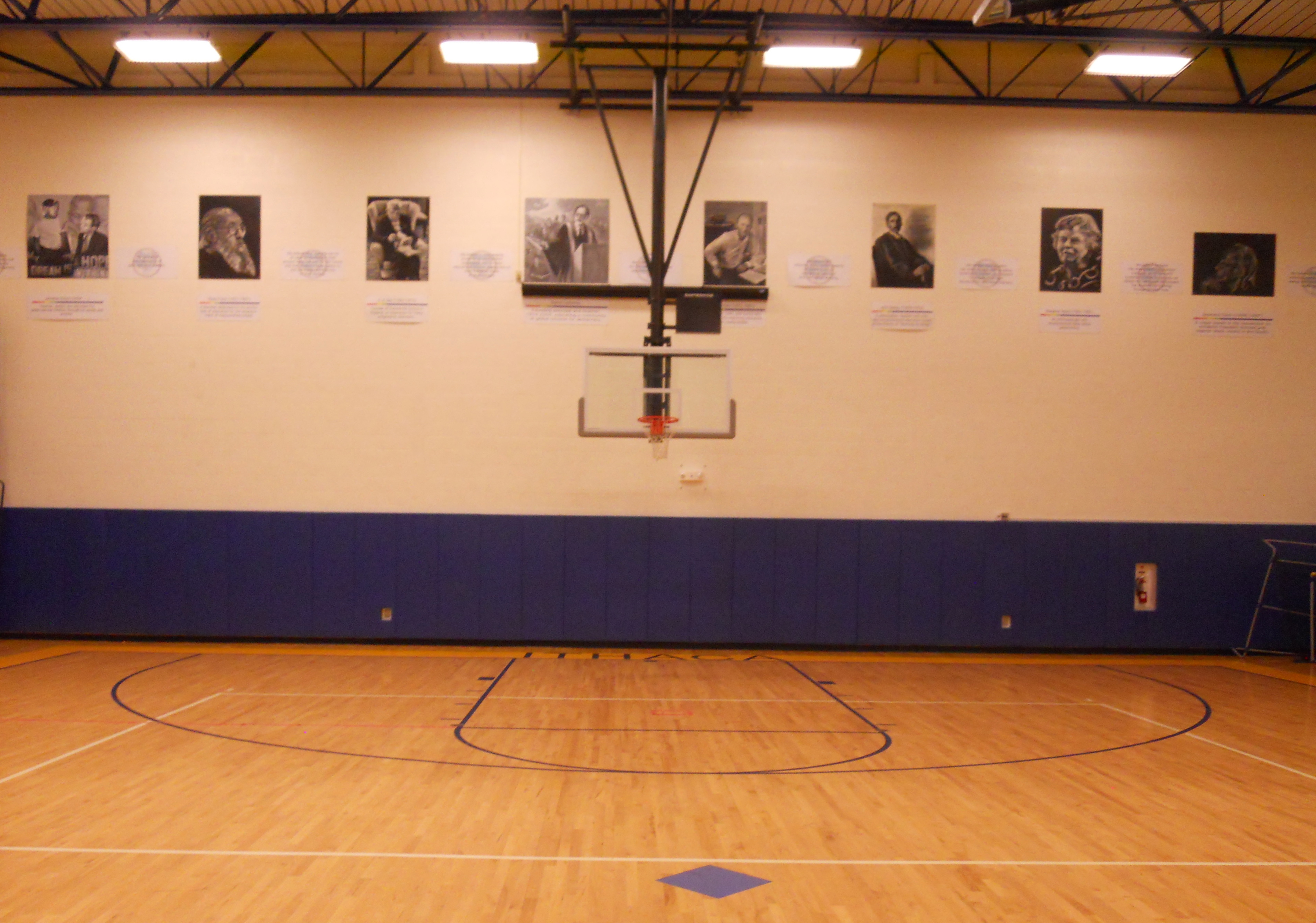I think some of us can remember hearing the following: “I didn’t choose to be here. My parents chose to have sex; I didn’t choose to be born. I am forced to go to school; I didn’t choose to go to school.” We either said this ourselves or heard some of our students or children saying it. There are many ways to argue with these statements, but for now, let’s just listen to them and take them in. What is going on in us or in any person who has similar thoughts or feelings? What is our response to such statements? They’re not unusual but they are powerful. It’s not just a teenager being a teenager. There is real confusion, anger and/or pain being expressed.
So, what do you do when you hear these thoughts in your own mind or when your students voice them? Here are a few suggestions. You could re-direct attention. The thoughts arise from something repeating itself over and over again in your mind. You can’t tell anyone to stop thinking something. But you can give yourself or your students something else to do or think about. You could read something inspiring, a story of courage or achievement or social justice, or a poem that reaches deep into the heart. Or you could organize an activity together, something physical or in nature.
If you have practiced mindfulness, you could lead the class in a meditation to quiet the mind, recognize the sensations that go with the thoughts, and let them go.
Another approach is to understand the emotion behind the thoughts by going directly into it and explore all of its components. What emotion are you feeling? What triggered the feeling? What sensations do you feel, where? What images arise? What actions do you feel driven to take? For many people, the emotion arises from not wanting to go along with the status quo, the present reality, political, social or otherwise. It is pushing back against the world. It is a feeling of rebellion. And there is much to rebel against. I wish more of us were rebelling, or fighting to change elements of our human world.
It can be disappointment or anger. The anger might be at a hurt you have suffered. Or you might not realize it, but the anger might be from feeling that your life is not meaningful enough. Especially teenagers, whose brains are growing at such a pace that they want a challenge, they want to save the world and make grand discoveries. Anger or resentment can be a cry for depth and meaning.
However, when the thought, “I don’t want to be here,” is rampaging through your mind, it can block out anything positive. It can make the world itself a threat that you must guard against. You need some clarity to determine how much of your thinking that the world is awful or needs changing is based on a real understanding of the situation. And, how much is based on your attitude or not being able to let go of something in the past?
So, if students can’t find clarity, you can help them explore their own mind with an inquiry practice. First, they need some calm or quiet. You can start off with a meditative technique like focusing attention on the breath. Or you could just have them close their eyes and take 3 slow, full, deep breaths. Then try one of the following practices. If the sun is shining, you could ask them to: focus on the feeling of the warmth of the sun on your face. If it’s cold, you could say: imagine being wrapped in a beautiful quilt. Imagine the warmth and how comforting that could be, how safe it can feel. (Pause.)
Then: Legally, you have to be educated in a manner approved by the state. But you can ask: “What do I want from my schooling? How can I participate in that education so it best serves my deepest needs? What are those deep needs?” Imagine participating in your education so it serves your needs. What would you do differently? What initial steps would you take?
Or: What would it be like to transform resentment or anger by changing your life or the world for the better? How would it feel to have a sense of purpose or meaning? Right now, what instance of suffering or injustice would you like to lessen, what situation would you like to change? What first step can you take to make that improvement and make your life more meaningful or purposeful through your actions?
Or, you could explore a mind-state very different from anger or resentment, like gratitude. In school, I sometimes ask students: What does gratitude mean to you? What would happen if you felt gratitude for what you’re learning? How does that differ, emotionally, from being bored, indifferent, resentful, or angry? Which attitude helps you learn better? Which gives you more of a sense of power?
I teach Karate to middle and high school students. One part of class is learning Katas, which are prearranged series of movements, each of which has a meaning in self-defense. Before each practice of a Kata, you bow. Some students have trouble seeing the meaning in this bow or understand why they must repeat the movements so many times. I then explain that each of the Katas we learn were created by real people, masters of the art, and can go back a hundred years or more. They are like books of great depth that can be read again and again to find new meaning. We bow in respect and gratitude not just to the teacher leading the class, but to the teacher in the Kata or to the teachings embedded in the Kata. I ask them: How does it change your attitude when you think of the master creating the Kata? When you think of its depth and age? When you think that practicing it might somehow give you the ability to save your life or the life of someone you cared about? What is that worth? What is it like to feel that you are learning something that can save lives?
When you feel resentful, you can feel your life is not worthwhile. You are saying “no” to a moment. We all want our lives to have a sense of worth and meaning and deserve the chance to create such a life. Anger wants a target to attack. It can point you towards something that needs changing or it can set you against yourself. Gratitude can take you directly into your own experience. It opens you up to the world. What you feel gratitude for, you value. You feel that your life in this very moment is valuable. So, what is it that you feel gratitude for? For your ability to be aware of your own thoughts and sensations? For the clarity of your breath? For the fact that there is something meaningful that you could work on? What is that worth to you?




